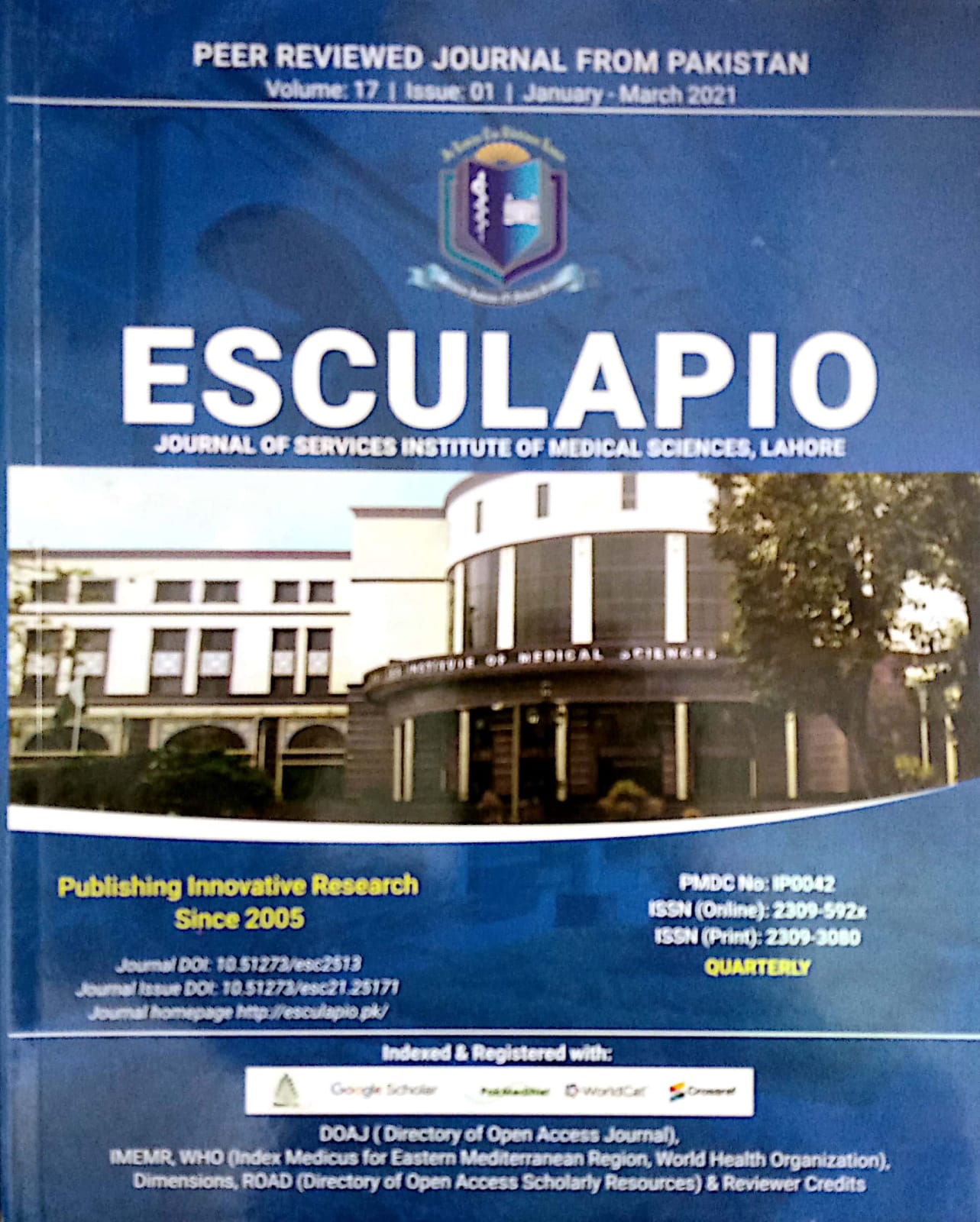Association of Lifestyle Factors with Sub-optimal Health Status Among Undergraduate Medical Students: A Cross Sectional Study
DOI:
https://doi.org/10.51273/esc21.251714Keywords:
Sub optimal, SHS, Health, Lifestyle, DimensionsAbstract
Sub-optimal health status is a gray state of health interceding between health and disease, causing reduction in vitality and adaptability in absence of any diagnosed illness. It is considered as a precursor to disease state whose prevention will decrease burden on healthcare system.
Objectives: To assess the burden of suboptimal health status and analyze its association with lifestyle factors among undergraduate medical students.
Methods: A cross sectional study conducted at King Edward Medical University, Lahore, Pakistan. Questionnaires based upon “Sub-Health Measurement Scale V1.0 (SHMS V1.0)'' and “Health Promoting Lifestyle Profile-II (HPLP-II)'' were distributed among medical students of different years and 379 responses were completed. The data was entered in SPSS version 23 using quantitative variables. Chi-square test was employed to determine association of dependent with independent variables.
Results: Frequency of the Sub-optimal health status and Health among individuals of study population was found to be 78.1% (296) and 21.9% (83) respectively. A significant positive association of lifestyle factors with Sub optimal Health Status was found (p < 0.005). There was a slightly high frequency of SHS among females than males and day scholars than hostellers. The respondents having SHS had lower mean values for each HPLP-II dimension relative to those who were reported as healthy.
Conclusion: There is a high frequency of SHS among medical students. Poor lifestyle is a risk factor as a significant correlation exists. It can be prevented by adopting a healthy lifestyle.
How to cite: Rashid Z., Tariq S., Naeem Y., Jabeen Z., Tariq M., Kamran H.A.S. Association of lifestyle factors wih sub-
optimal health status among undergraduate medical students: a cross sectinal study. Esculapio 2021;17(01)










